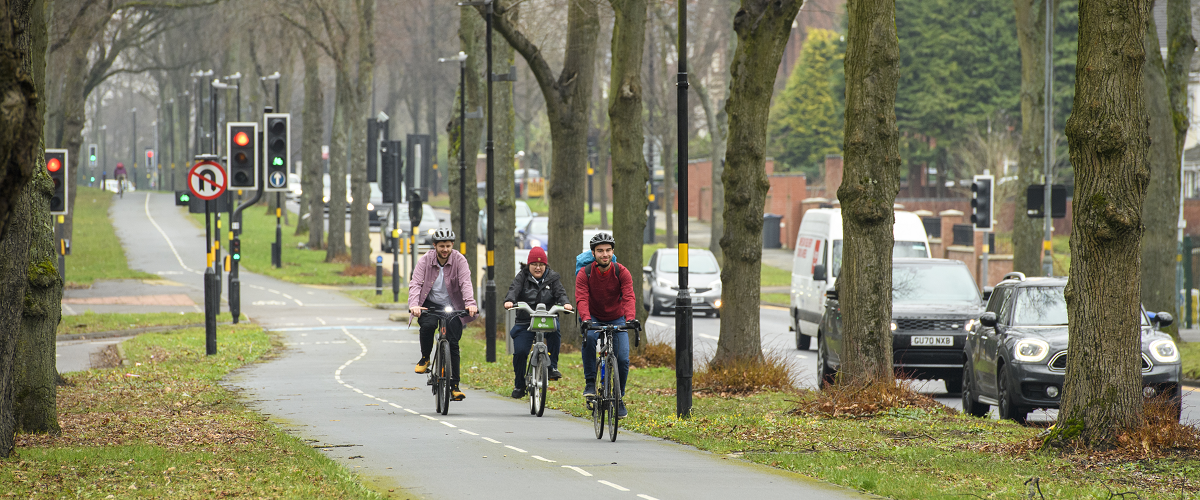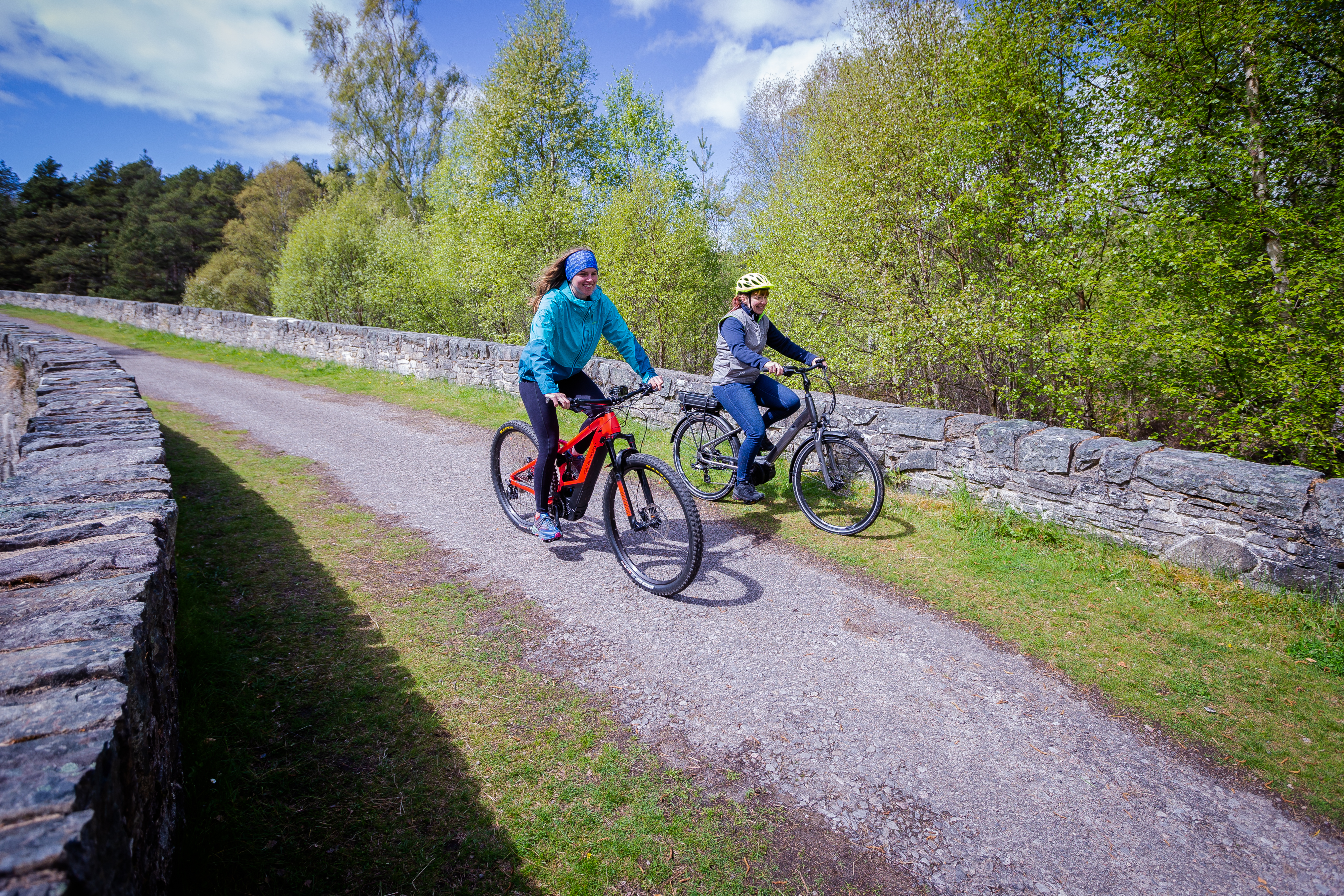Media advice for cycle campaigners
Cycling-related stories are all over the media.
Unfortunately, the type of coverage the subject receives is often unhelpful. Regional and local newspapers are peppered with letters heaping criticism, and worse, on cyclists. And when regional television and radio stations decide to run a story, it is often based on a perceived conflict with other road users. However, the fact it is a ‘hot topic' for the media can be turned to the cyclist's advantage.
In order to achieve this, it is vital that those of us who work to promote cycling understand how the media works. Whether you work as a cycling instructor, an independent bike shop owner or a campaigner, a basic understanding of how the media works will help you to be more effective at spreading your message.
Cycling UK has a selection of resources, past press releases and news stories.
This briefing is not intended to cover all aspects of media relations. Instead it sets out the basics; a common sense approach to dealing with journalists.
By employing a few basic skills, we can help to ensure that cycling gets the type of media coverage it deserves.
In this article:
- What is meant by media relations?
- Where to place your message
- Distilling your message
- Finding a hook
- Sending a press release
- Pitch your story
- Photographs
- Features
- Broadcast media
- Interviews - planning
- Interviews - what to say
- Interviews - how to say it
- Making a reputation for yourself
What is meant by media relations?
The effect that the media has on public opinion is dramatic and quite unique.
The very first public relations practitioners recognised the effect of the media over 100 years ago, and since then PR has become a vital part of every good marketing strategy. Although businesses use public relations in a number of different ways, many value the ‘free' publicity it can bring. Much PR work involves establishing good relationships with representatives of the media in order to place messages within editorial coverage. This type of coverage carries an implicit endorsement of information and as a result is more likely to be believed than advertising – people rarely buy publications for the advertising.
To put it bluntly, if you establish relations with journalists you are a good way towards getting your message across. But remember, the only way to guarantee editorial control is to pay for an advertisement. Once you have provided journalists with your information it is in their hands. They may miss out key aspects of your message or may even turn it around completely. The pointers contained within this briefing will help you minimise the risk of this happening.
Where to place your message
Effective press relations start with effective targeting
- Think carefully about your audience and which media it uses. If in any doubt, ask. Companies spend fortunes on focus groups, but why not quiz members of your local community who form part of your target audience?
- Local newspapers and broadcast media are often the most approachable – especially if you are dealing with those in your own area.
- Don't discount local radio and television. They can seem intimidating, but remember they have airtime to fill (see section on broadcast media).
- Despite the rise of broadcasting and online media, the press remains an important means of communication and there are currently over 2,000 newspaper titles in the UK. Newspapers and periodicals survive because they are able to cover more stories in greater detail than their broadcast counterparts.
- Regional media are generally only interested if there is a regional angle.
- Use trade publications to announce developments and air matters of specialised interest. Don't stop with a press release. With trade publications it's worth pushing for a longer feature. Offer to write part of it if necessary.
Distilling your message
The fact you feel passionately about your product or message does not mean the media, or indeed their readers, listeners or viewers, will be interested themselves.
Objectivity is critical when assessing news value. Try to imagine what will appeal to the target audience. And always remember that whatever a journalist's personal sympathies for your story, they are working for a business that needs to sell newspapers or retain viewers/listeners. Start to look behind the stories that appear in the media. What aspect of a story ensured it made it onto the page?
What aspect of your story will appeal to the media's audience?
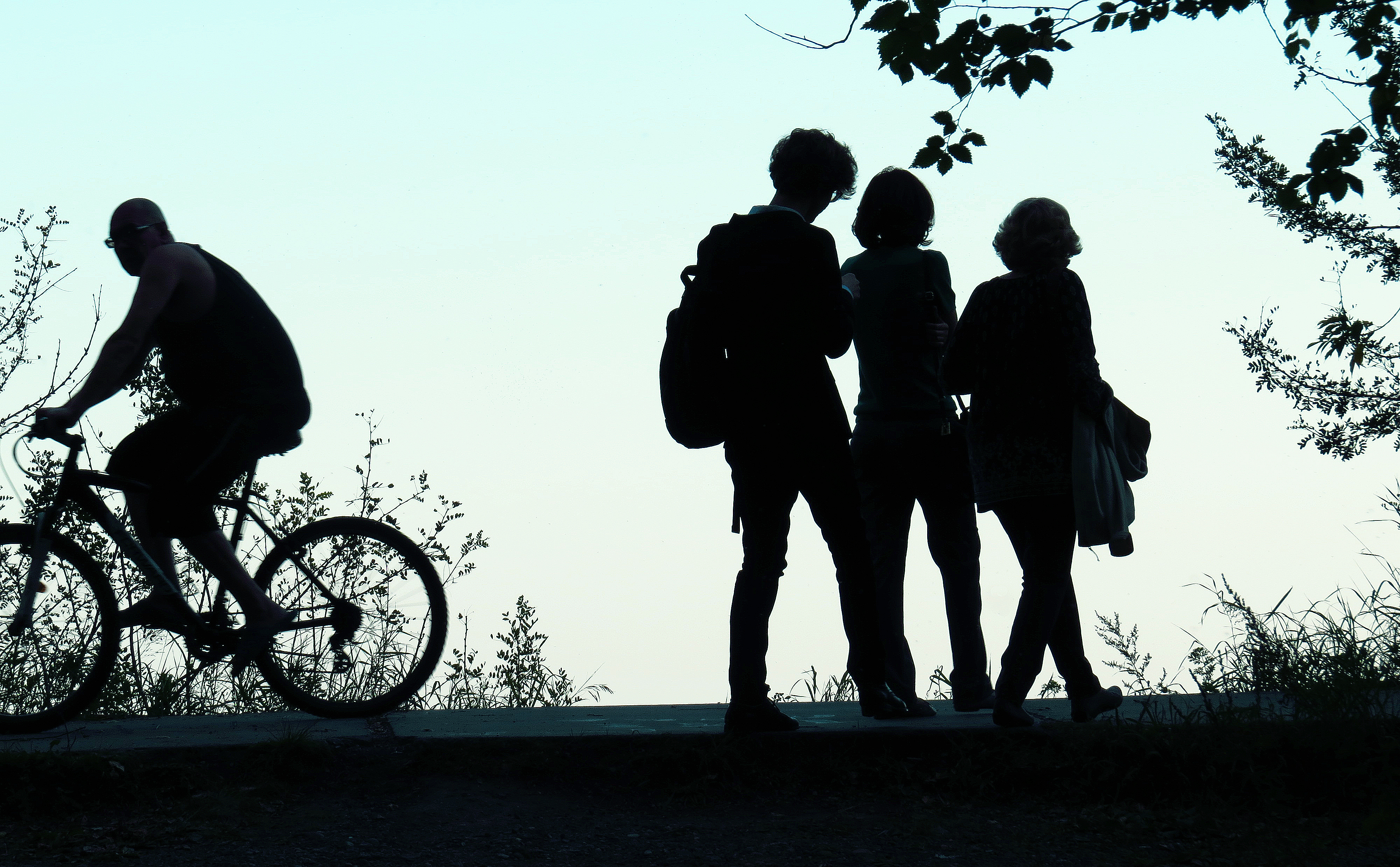
Finding a hook
A hook is something that will draw people into the story and want to find out more, even if it is not something they are usually interested in.
PR consultancies spend fortunes on engineering a ‘hook' to make a story more attractive to the media. For example, the results of market research can be used as means of securing column inches. If you decide to use this technique yourself, remember to formulate your questions with a view to the headlines you are trying to generate. Local media may be happy with a fairly informal poll of a few hundred people.
Even if you don't have the time or budget to pay for market research or a celebrity endorsement, there are ways to emphasise aspects of a story to make it more appealing.
- Human interest: A bike ride to promote health in the community may be of little interest, but a rider who has recovered from heart surgery and takes part is more newsworthy.
- Statistics: Whatever you think of statistics, they often make a good headline. Cycling UK's Campaigns & Policy department will refer you to statistics that may help to illustrate your own message.
- Get your local media involved. If you are publicising an event or service that is of benefit to the community suggest that the paper or radio station becomes involved. Personally invite a journalist to come and sample the service or product or simply ask them to offer headline support to your project.
Sending a press release
It is estimated that only one in ten press releases is ever published. To maximise the chances of your story being covered, follow these simple guidelines:
- Try to make your point on one side of A4 paper.
- Keep it simple. You can alter the style of your writing to suit the publication and its audience, but remember the purpose of the release is to give the journalists the facts.
- Use a short eye-catching headline.
- The first paragraph should be short (no more than two sentences) and must summarise your entire message – sub-editors cut from the bottom!
- Avoid jargon at all costs.
- Date the release at the top so that the news editor can see that the story is current.
- Attribute quotes to a named (and if possible, senior) individual, and make sure this person is available for comment. Journalists often want to speak to whoever is named on the release.
- Include your contact details at the bottom of the release.
- Always proofread the release before you send it – preferably ask someone else to read it.
Cycling UK has a number of past press releases that can be used as an example
Pitch your story
When dealing with a national media title, you may have no more than thirty seconds on the phone to pitch the idea. A journalist who isn't interested in the story will waste no time in letting you know, but will rarely resent being called in this way. And whilst local newspapers are a less pressurised environment, some basic rules apply.
- After introducing yourself, ask if it's a good time to discuss your story – deadlines can make some days, or particular times of the day, extremely busy for journalists.
- Don't ramble! Write down your ideas before you call. Try to write a short press release before you call. It's useful to refer to and the journalist may ask to see one.
- If you aren't sure which aspect of a story may be of particular interest to a journalist, be honest and ask their opinion. But don't lose sight of the message you want to put across.
- If you are involved in a contentious issue, remember that nothing is ever ‘off the record' unless you are dealing with a trusted contact.
- Journalistic deadlines are not flexible. If you agree to call or send information to a journalist by a particular time, honour the agreement.
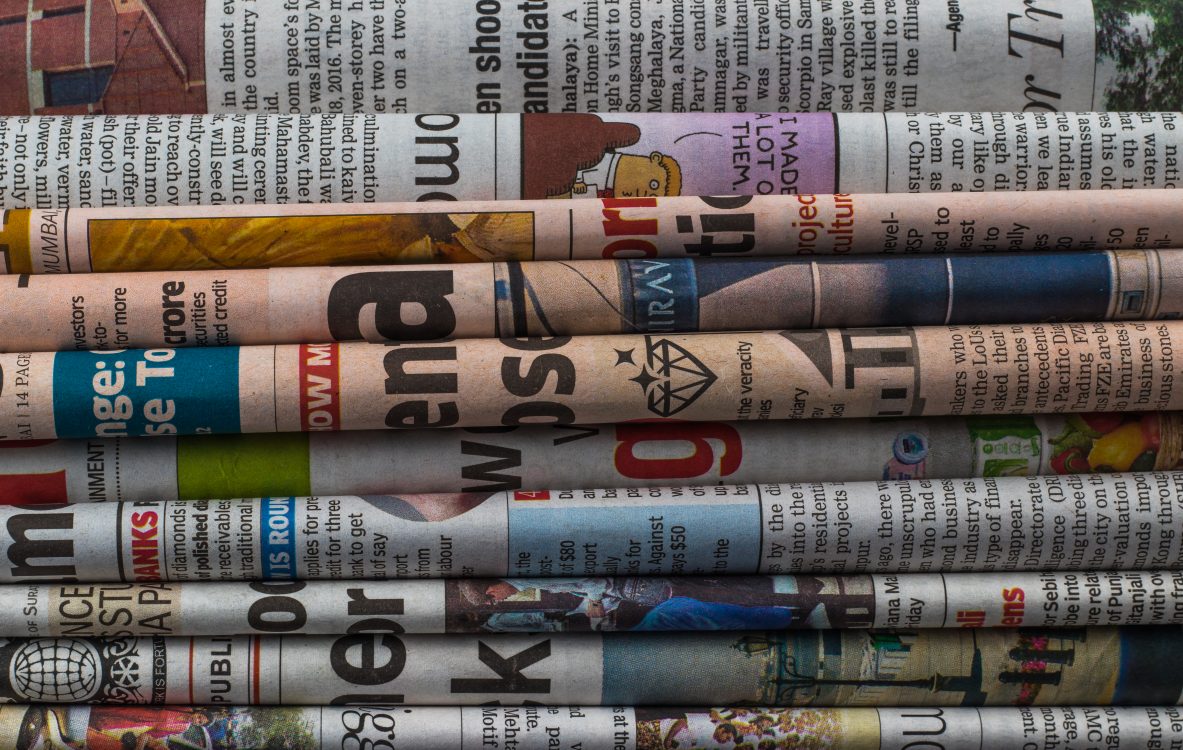
Photographs
Photographs not only tell their own story, but are an invaluable aid to getting your story printed in a newspaper. If you are organising an event, plan the photographs well in advance. If you are taking photos yourself, try to think of an unusual approach but keep the composition simple. Will the local mayor attend your event? If they are prepared to swap their official car for a tandem all the better. If you want inspiration on how to make a boring subject matter more engaging, look at the business pages of the national newspapers. Highly imaginative photos of senior executives often accompany the business news stories. Try to make the photo tell your story, but remember not to be too ambitious. If you send a newspaper your own photos remember to provide a full caption including your contact details.
If you are inviting press photographers to attend, issue them with a photo call. This should include the date, time and location together with a brief explanation of what can be photographed. Always follow a photo call notice up with phone calls – including one the day before the event.
Useful tip: If you have a budget, you can often employ a local newspaper's staff photographer to cover your event. Using a staff photographer can be a good way of exploiting their experience and contacts to ensure your photo appears in the paper. With a clear brief, a good photographer will be happy to help you compose your photos.
Features
Features are more lengthy articles, often following ‘hard news’. They tend to go in depth to discover the background behind the headlines. For instance, if there has been a reported increase in cycling in your area, then you might try to get a feature about the reasons for it. If you have been running a sustained campaign, and just had a major success, then your local paper might be interested in running a feature on the history of the campaign, and how your victory will affect local cyclists.
If you have an idea for a feature, talk to a friendly journalist on a show/paper who can advise you, or ring and talk to the features editor or their deputy.
- Have your idea worked out and be prepared to ‘sell’ it. Editors are pushed for space, and have to justify every inch of space.
- Produce a draft or outline, but be prepared for it to be changed.
- Don’t pester them if they are not interested. It may not be a good week, and hassled journalists are unlikely to call you for comments.
- Promote your group as well as making your points.Emphasise your involvement, but don't hog the limelight.
- Try to get your logo printed (supply a good copy). Ask them to provide a link to your website, or a contact email or telephone number.
- If you are writing the article, don’t rant. Make it entertaining, interesting and informative. Think about your audience, and aim it at them.
- Get your timing right. Linking it to National Bike Week can help, as many editors are convinced to run features as part of the nationwide interest in cycling generated by the week.
- It is normally easier to get features and articles published in summer, because with Parliament in recess, there are less stories about. Local papers may also have staff on holiday, and appreciate a ready-made article.
Broadcast media
If you would like to have your event covered by radio or television news, you should contact the newsroom and the forward planning desk. Keep calling the television station to remind them (right up until the day itself) as their schedules change on a day-to-day basis. Remember that radio stations often have feature programmes that may cover your story in more detail.
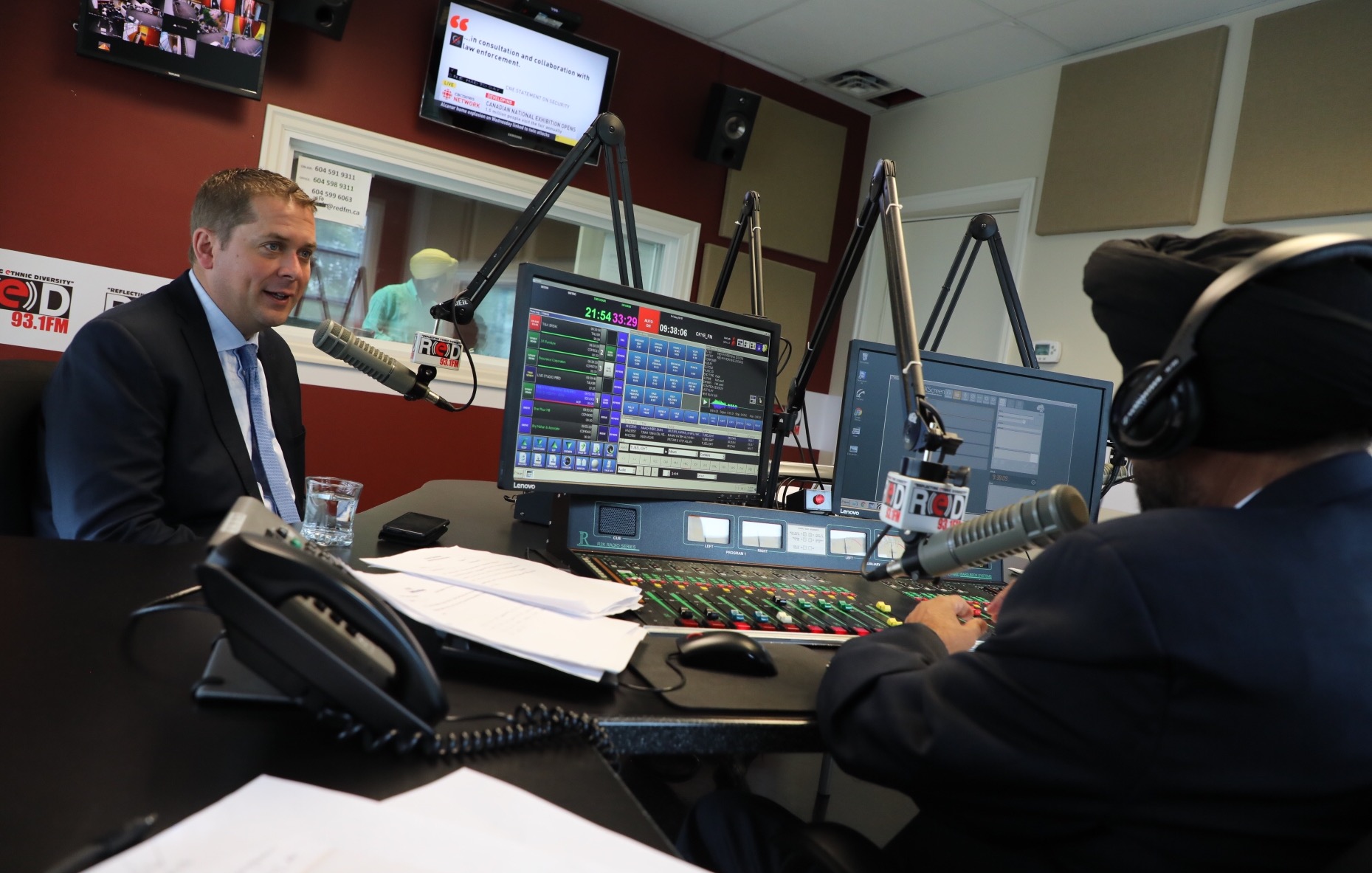
Interviews
Journalists may want to interview you directly. This can be a great opportunity to get your point across, and to reach a wider audience than you might otherwise be able to.
Giving an interview can be a daunting experience, and it is vital that your presentation is clear and your message understood. This is especially true of the broadcast media, because unlike in print viewers and listeners will be able to see and hear any mistakes or uncertainty.
It is important that you find out what interview is about. You should be told why they want to interview you, how long it will last and what form the interview will take. If you’re not told, ask. Interviewers may try to shift the subject of an interview, so do not assume that you will only be asked questions on the stated topic.
Find out if others will be commenting too and anticipate what they will say.
If you have the option do the interview in a studio rather than at home - you will be sharper and more attentive and the quality of your voice will be better for the audience.
What to say
Know what you want to communicate, and try to boil it down to a single soundbite. Reiterate your point several times in different ways. You will not be given much space or time. That means you must get your points across in a punchy, quotable way.
Use notes, including a memory-jogger of any facts you wish to quote.
You don’t have to answer every question. Watch politicians - they usually sidestep questions and keep making their point. If you are presented with an irrelevant question, steer it back to your soundbite.
Try not to be forced on to the defensive - eg. drunk cyclist kills self by riding into wall. The journalist wants to blast, even make fun of cyclists who drink. Instead put the story into perspective. You don’t condone his action, of course, but how many others is he putting at risk by drink-cycling compared to the consequences of drink-driving? And what about drunk pedestrians meandering into roads at chucking out time? Think damage limitation and turning the story around in instances like this.
If the interview is being pre-recorded, the best tactic is to stop the interview, forcing them to re-record and giving you thinking time. Rehearsing your points with someone taking the role of the interviewer can help. Try to anticipate questions (see below for some common ones) and have answers ready.
Beware of having words put into your mouth. ‘The A123 is so busy it’s too dangerous for many cyclists isn’t it?’ ‘Well yes but….’ Headline: Cycling is too dangerous.
Try not to let cyclists be put in a box. We’re all human beings and most of us also drive, walk, catch buses, trains....
Prepare well and have three key points you want to get across straight away. You won’t have more than a couple of minutes and part of that will be taken up with introductions and questions from the interviewer. Never hold a key point back for later – it might be too late.
Be calm, reasonable and altruistic - don’t get drawn into an antagonistic blame game. Controversy may equal news, but don’t be drawn into conflicts to feed the media’s needs. If faced with an irate interviewer or guest just remain calm. It may be difficult, but the audience will have more respect for you than if you wade in.
Don’t make up policy on the hoof. You could end up looking stupid and splitting your group. Stay on message, remember your soundbites, and remain focused.
Don’t dwell on negative aspects; acknowledge them but be positive. If you are asked about cycling in the rain, you could respond by saying "According to the Met Office, there are only 52 days in the average year which are defined as 'rainy'."
Live interviews prevent points being edited out - but be careful not to libel anyone.
How to say it
Stay calm. Broadcasting can be nerve-wracking, but get things in perspective - you’re not going to be recognised in the street afterwards. If you are nervous, rehearsal can give you confidence and some people find that deep breathing helps.
Don’t be afraid of pauses. Don’t gabble. Refer to your notes if stuck, but try not to look down too much - it can make you look shifty.
Radio stations often interview on the phone, so make sure you’re ready at the arranged time and that there is no background noise.
Dress appropriately and be prepared to play ‘suits’ at their own game. Dress smartly for TV - British audiences are a conservative lot and will be more likely to listen if you are conservatively dressed. If you wear Lycra then you know only too well the stereotype that will be applied. Even if you are being interviewed for radio, it will make you look professional, and make journalists more likely to call on you again.
Don’t be scared of microphones - they improve your voice! Sit/stand at hand’s length away and don’t provide the audience with any distraction – shuffling papers, a twitch, fiddling with a pen.
Look at the interviewer and don’t get distracted by movements behind them. The viewer will want to know what you are looking at.
What do you sound or look like yourself? What would you think of an interviewee looking/sounding like you? Would you be struck by their scruffiness? Would something else distract you so that you didn’t take in what they said? What impression are you creating?
You represent a serious transport option so don’t let journalists trivialise you. Don’t wobble into the studio on a penny-farthing to talk about targets for vehicle emissions.
Be aware of contrasts - being interviewed on location with your hair and coat blowing around will look unfavourable when they cut back to a calm and collected councillor at a desk.
Be aware of what you want to say and be sensitive to what you are saying - make sure the two are the same.
Making a reputation for yourself
If you conduct your media relations in a professional way you will see dividends. The more contact you have with your local journalists over a particular issue, the more likely they are to refer to you as a source of information.

